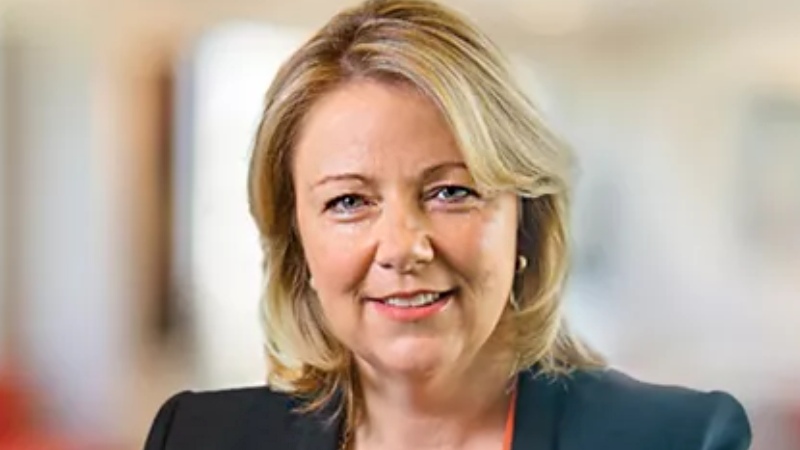Superannuation industry to see the dominance of mega funds
Despite a pandemic-affected year, the superannuation sector is growing, transforming, and the emergence of “mega funds” is tipped to dominate the industry, according to a recent report.
In the recent KPMG Super Insights 2021 report, it revealed that once the currently announced mergers are completed, the superannuation sector will be dominated by 12 funds with assets of more than $50 billion, representing 77 per cent of all member accounts and 76 per cent of all super fund assets.
The report found that the merger trend is giving rise to the further formation of mega funds (greater than $100 billion), with five major merger announcements in 2019–20 having an average transferring funds under management (FUM) of $22.7 billion and receiving FUM of $45 billion. Seven further mergers have been announced since 30 June 2020.
Linda Elkins, national sector leader, asset and wealth management at KPMG, said that while the long-term consequences of COVID-19 on the economy and industry are yet to be fully realised, it comes as no surprise that the superannuation early release payments measure introduced to support Australians through 2020 has had an impact.
“Now complete, the scheme contributed (with Protecting Your Super transfers) to a 12 per cent reduction in the number of member accounts as well as (with low investment returns) no growth of assets under management (AUM) for the sector over 2019–20. Particularly affected was the industry fund sector, experiencing a doubling of lump-sum payments for the year,” Ms Elkins said.
“Although COVID-19 monopolised our collective attention in 2020, the superannuation industry continued to experience plenty of active merger activity, as it has over the last few years.”
As there is continued consolidation across the industry, Ms Elkins said that mega funds will emerge as some of the largest, most important financial services organisations in Australia.
This is expected to create challenges across every aspect of their business models, along with regulatory scrutiny and community expectation commensurate with their size and importance.
“The largest funds undergoing merger activity will face the greatest level of complexity as they grapple with multiple legacy operating models, a significant regulatory change agenda, increased transparency and reporting requirements and evolving member expectations,” Ms Elkins said.
“Funds will need to seriously consider member outcomes and how they have delivered on their financial and strategic commitments.”
While mega funds may have the resources to adequately address business as usual (BAU) needs, including managing the implementation of significant regulatory reforms, while absorbing a merger, Ms Elkins said smaller funds undergoing merger activity may find it harder to ensure they have adequate resources to conduct BAU and merger activities.
This comes as the Your Future, Your Super measures scheduled to be implemented from 1 July 2021 will cause some important shifts in member attraction and retention, both for accumulation members and into retirement. Ms Elkins said this will be critical to long-term sustainability as moving into a fund choice environment.
“To respond and attract/retain members, funds will need to think about the capabilities they need and the technology required to support these drivers, all developed through the lens of the financial best interest duty,” Ms Elkins said.
“With mega funds’ brand awareness and market share continuing to rise, smaller funds will need to find their niche and ensure they are effectively communicating their value proposition to members.
“Finally, merging/merged entities will need to consider which products they will continue to offer to members in light of the soon-to-go-live Design Distribution Obligations (DDO) requirements, and ensure that the new operating model supports the fund’s DDO governance and compliance monitoring model.”

Tony Zhang
Tony Zhang is a journalist at Accountants Daily, which is the leading source of news, strategy and educational content for professionals working in the accounting sector.
Since joining the Momentum Media team in 2020, Tony has written for a range of its publications including Lawyers Weekly, Adviser Innovation, ifa and SMSF Adviser. He has been full-time on Accountants Daily since September 2021.


